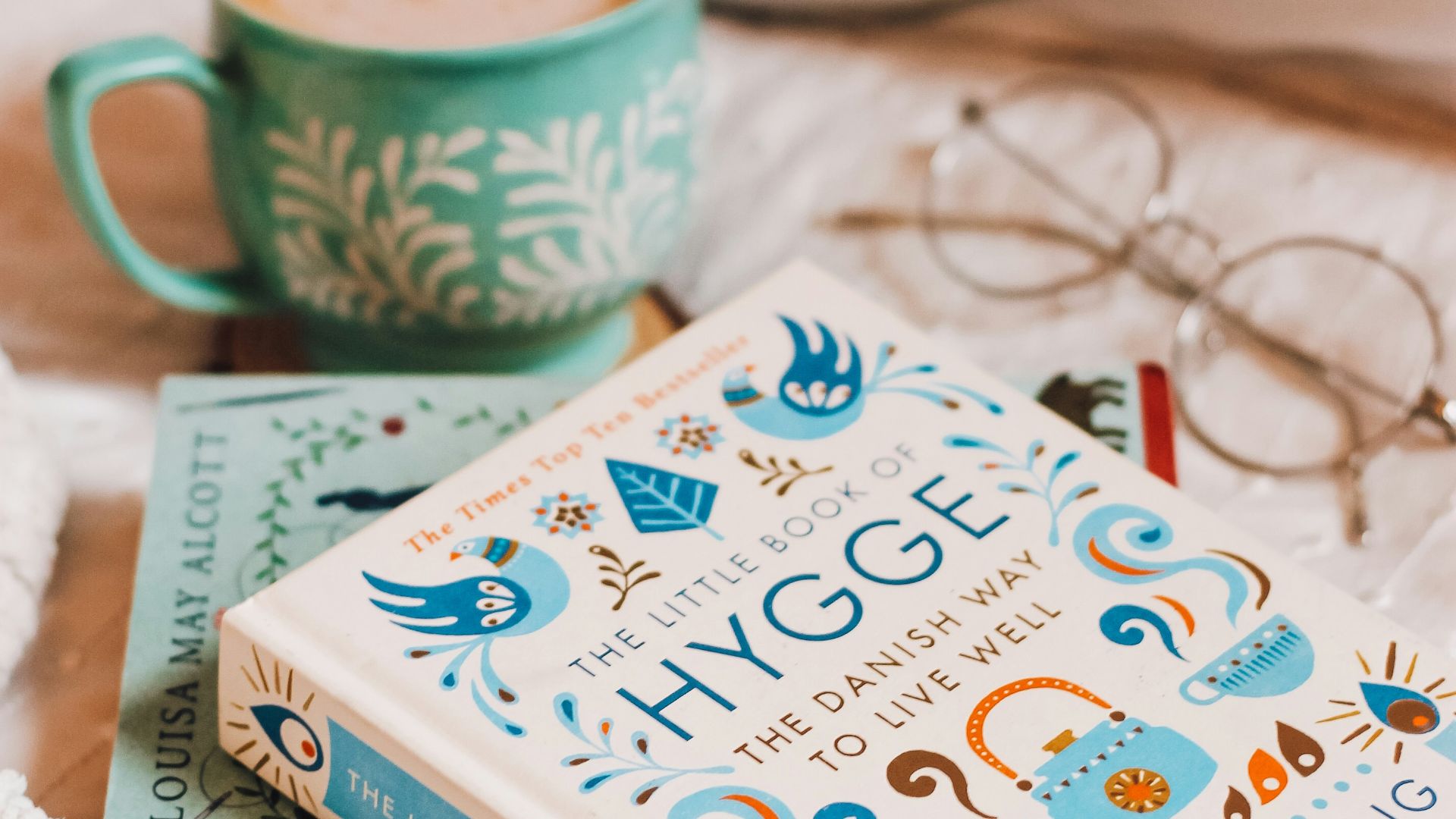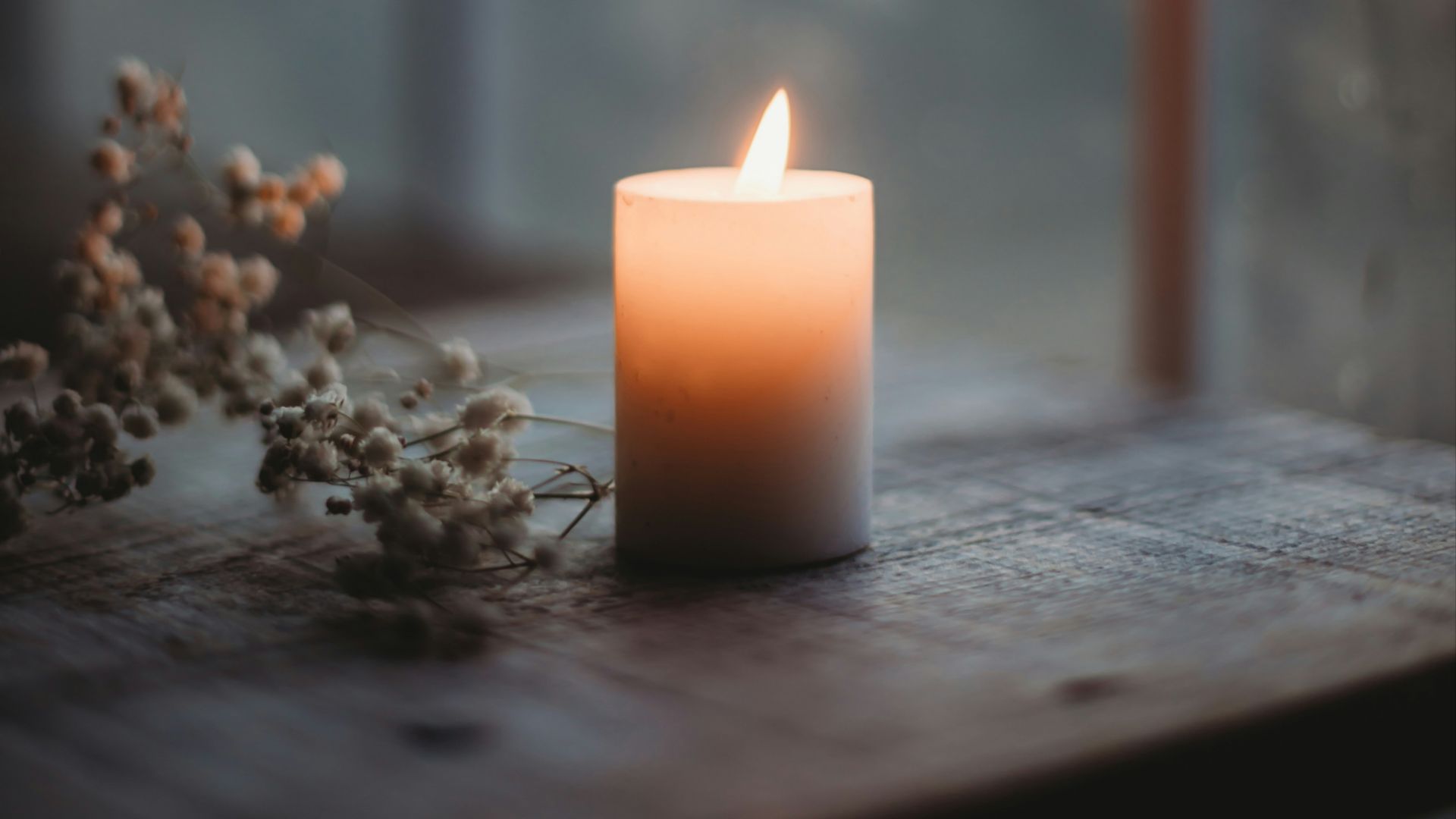A decade since the initial hygge craze, and the much-loved Scandinavian concept is still bringing joy to lives across the world. Let's look back on this trend, its origins, its appeal, and how it became a global phenomenon. We'll also explore some easy ways to implement hygge into your home.
Home Is Where The Heart Is
Hygge (pronounced hooga) is defined as "a cozy quality that makes a person feel content and comfortable", according to Merriam-Webster. While this concept is used throughout Denmark and Norway, it is more prevalent in Denmark. In fact, hygge is so important to the Danish psyche, that it's even implemented in prisons, as a means of making inmates for comfortable and, thus, more likely to be on their best behavior.
Denmark, like its neighbors close to the Arctic Circle, has long, damp, and dark winters. Despite this, Denmark is regularly ranked the happiest country in the world! These two factors have more in common than you may imagine.
When inclement weather forces you indoors, you want your living space to be as comforting as possible. This is where hygge comes in. Hygge encourages practitioners to slow down, making their living space into a safe haven during the nastiest part of the year.
Experience Tranquility
Part of hygge is being physically cozy with warm blankets, sweaters, and socks, yes, but it's also so much more than that. Hygge also prioritizes human company, encouraging people to check in on their loved ones and spend time with them. Nothing makes you feel more at home than snuggling around a fire with the people you love the most.
Hygge's benefits aren't just physical or emotional. Studies by the Happiness Institute have shown that practicing hygge improves your mental health. When you feel safe and warm, your brain releases oxytocin—popularly known as the Love Hormone—which helps reduce feelings of anxiety and stress.
While hygge is most commonly practiced in the winter, when seasonal depression leaves many open to psychological attack, there's no reason you can't have a hygge summer as well. In fact, you may have noticed that your moon organically improves as it gets warmer; this isn't just because of increased sunlight, but because you likely spend more time with people. Picnics in the park, backyard barbecues, and spring cleaning are all easy ways to incorporate hygge into the warmer months.
Hygge took off internationally in 2016, with the publication of The Little Book of Hygge by Meik Wiking. For many people, 2016 was one of the most difficult years they'd experienced. So, it's no wonder that a little comfort went a long way.
Hygge made easy
From there, hygge exploded. There were hygge guides to arranging furniture for maximum comfort, Danish-inspired hygge recipes, and even hygge gift guides. The latter leaves something to be desired, as hygge is all about enjoying life's simple pleasures, rather than buying the latest products.
So, now that we've discussed hygge's purpose and background, how can people go about practicing it as the days get shorter? The easiest way is to burn a candle or use warm lighting some other way if you're afraid of the fire hazard. Once you've set the mood, put on your coziest outfit, grab a good book or a good friend, and prepare to hunker down.
Another integral aspect of hygge is cooking. Specifically, hygge prizes slow home-cooking, encouraging you to take pride not only in feeding others, but in preparing food. Cardamom-infused baked goods, meat pies, and hearty stews are all dishes that lend themselves to hygge.
However, hygge does not mean hibernating inside all winter. When the snow comes, explore a new path with your dog, or get into a snowball fight with your spouse. Winter can be long and brutish, but it shouldn't be solitary.









